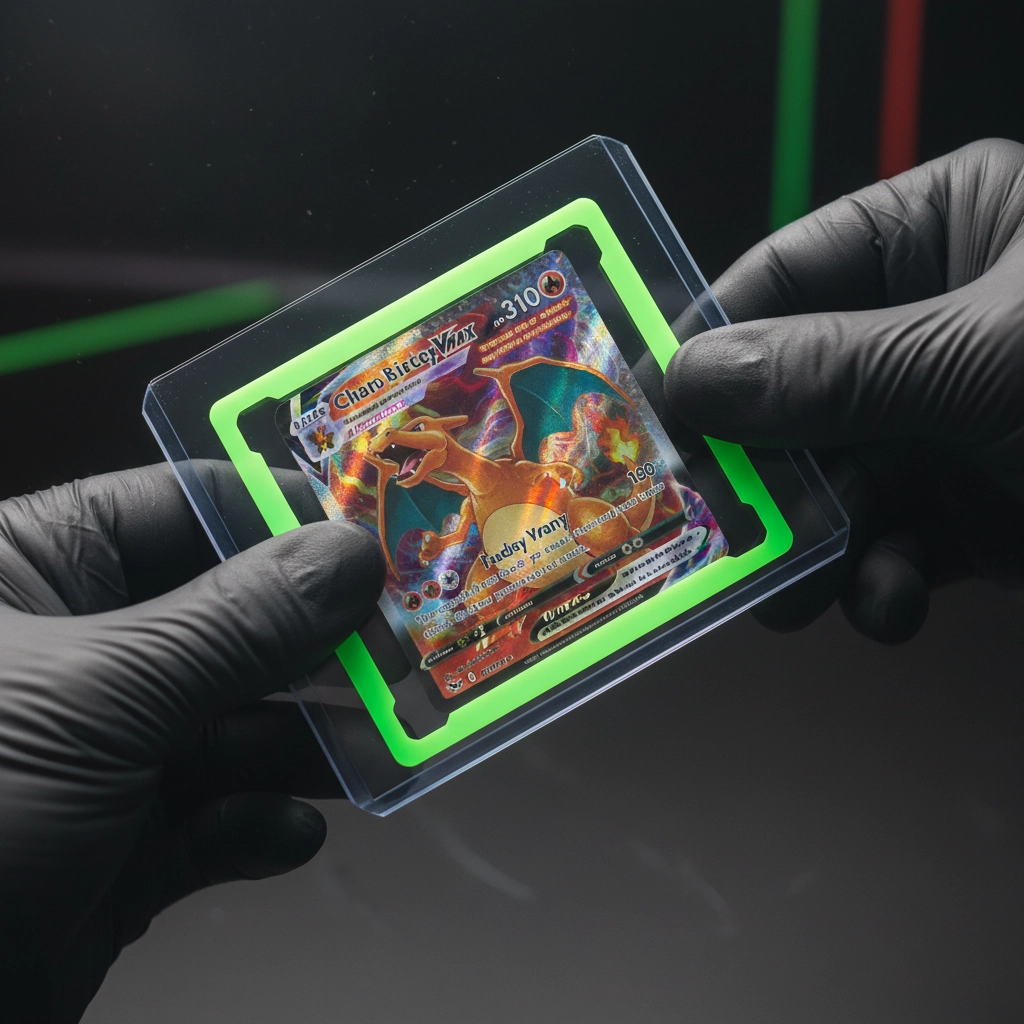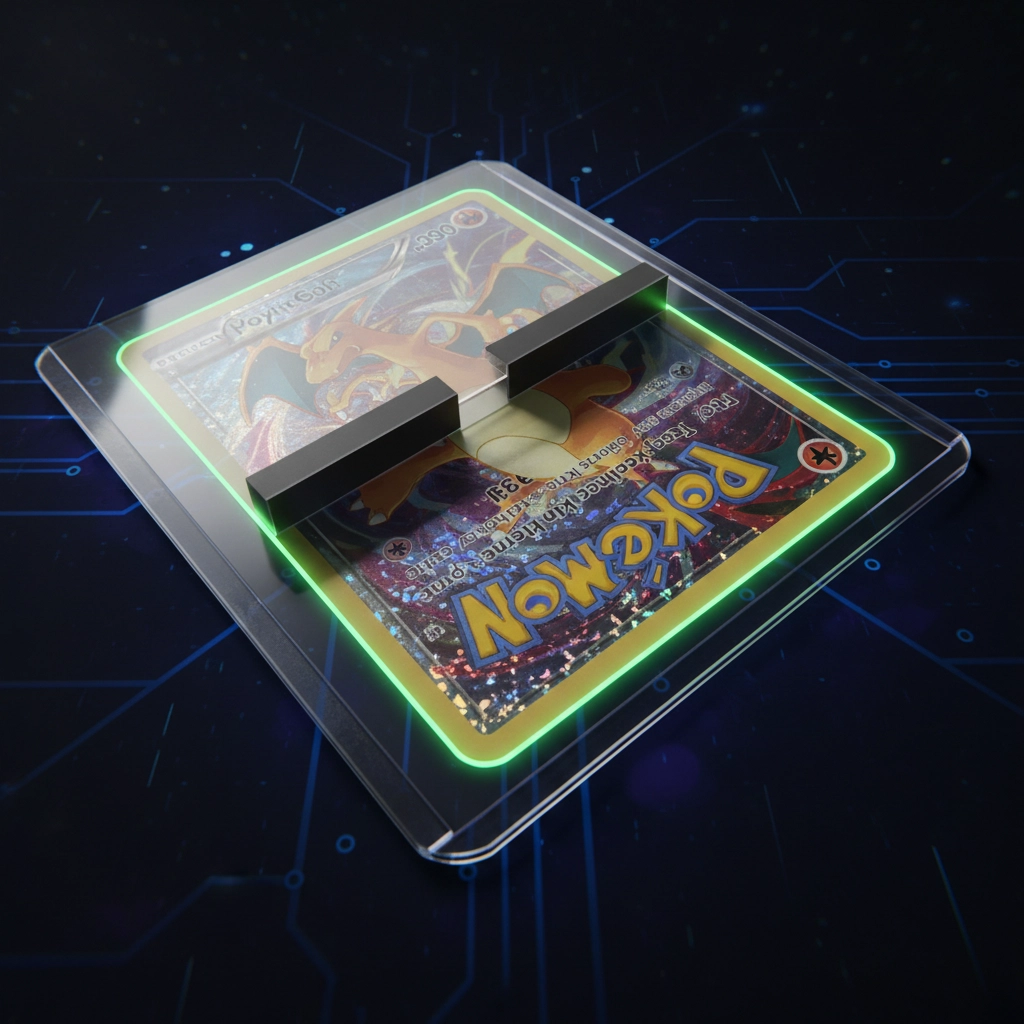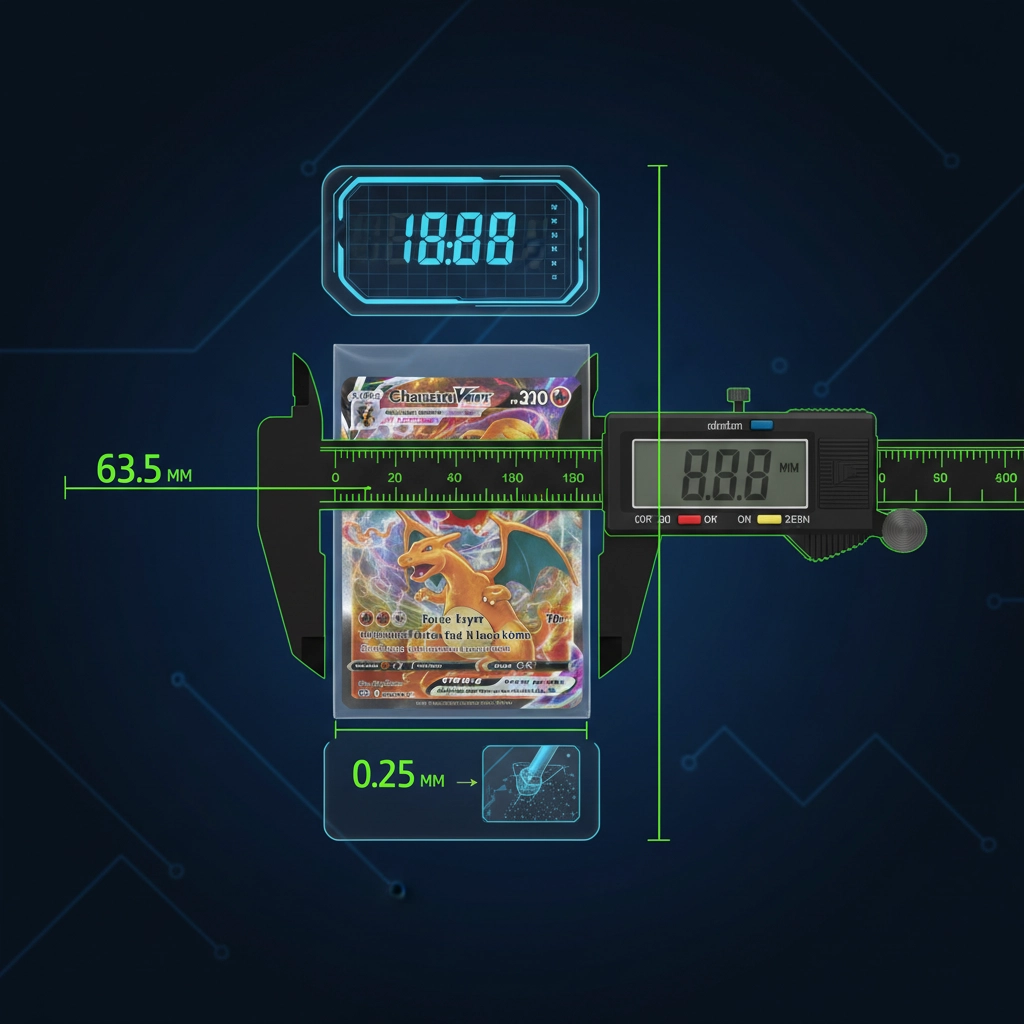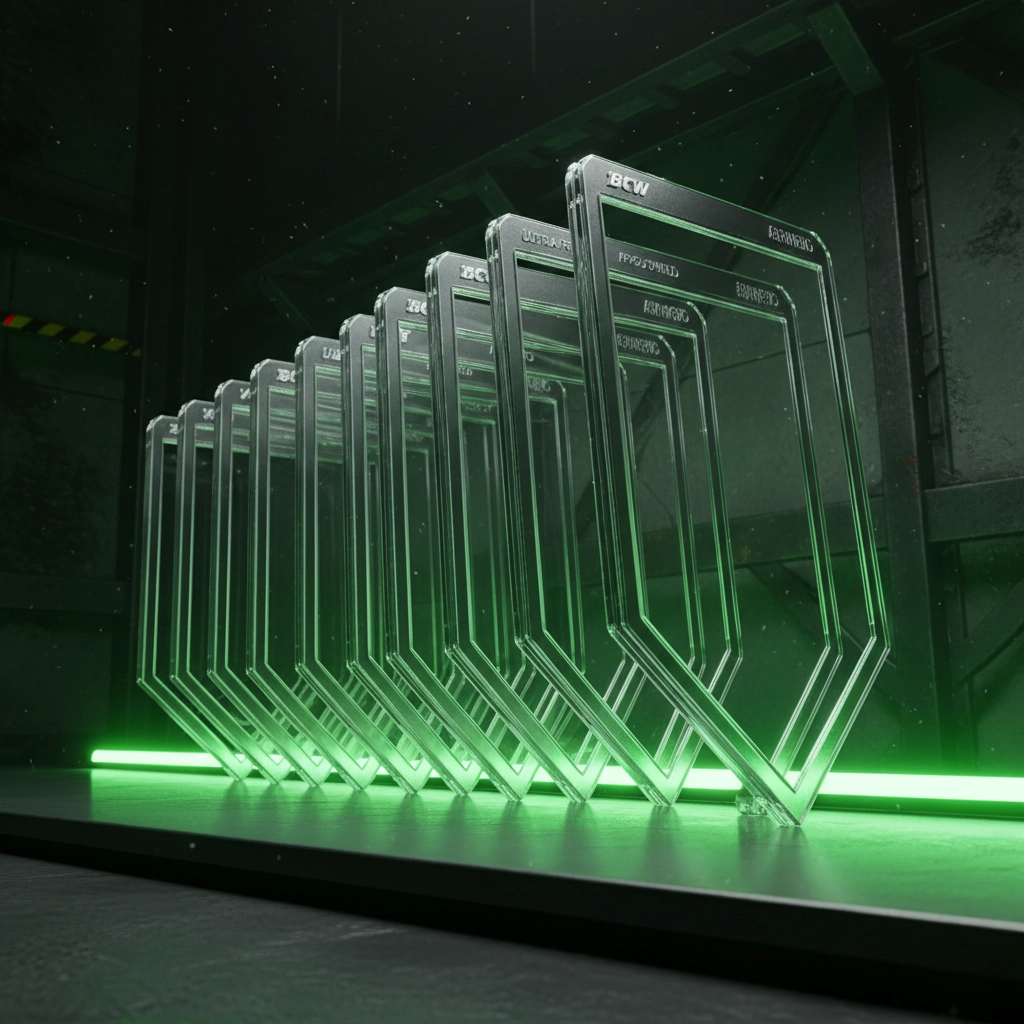Top Loader Sizes Explained: What PT Thickness Do Your Pokémon Cards Actually Need?
- Dr. Mardis

- Oct 16
- 3 min read
PT stands for points. One point equals 0.001 inches. This measures top loader thickness.
Most collectors get this wrong. They buy random sizes. Their cards get damaged.
What PT Means
PT measures the space inside the top loader. Not the plastic thickness. The card space.
20 PT = 0.020 inches of card space 35 PT = 0.035 inches of card space 55 PT = 0.055 inches of card space
Simple math. No confusion needed.

Standard Pokémon Cards
Regular booster pack cards need 35 PT top loaders. This includes:
Non-holo cards
Holo cards
Reverse holo cards
Basic rare cards
Some collectors use 20 PT instead. Both work. 35 PT gives more room. 20 PT fits tighter.
Your choice. Both protect the card.
Double-Sleeved Cards
Cards with two sleeves need 55 PT top loaders. The extra sleeve adds thickness. Math works out.
Perfect sleeves plus penny sleeves equal more bulk. 35 PT becomes too tight. 55 PT solves this.
No forcing cards into small spaces. Forcing damages corners.

Premium and Textured Cards
These cards need bigger top loaders:
75 PT top loaders:
EX cards with texture
GX cards with texture
Vintage cards in mint condition
Cards with raised elements
100 PT top loaders:
Ultra-rare textured cards
Cards in thick sleeves
Cards with multiple protection layers
130 PT top loaders:
VMAX cards
VSTAR cards
Full-art textured designs
High-value cards in semi-rigid cases
The texture adds height. Standard sizes crush the texture. Bigger sizes prevent this.
Oversized Cards
Jumbo Pokémon cards need special top loaders. Standard sizes don't fit.
Required sizes:
5" x 7" top loaders for jumbo cards
2" x 3" top loaders for mini cards
Check card dimensions first. Buy accordingly.

Measurement Guide
Measure your card with a ruler. Add sleeve thickness. Match to PT size.
Card + sleeve = 0.030 inches → Use 35 PT Card + sleeves = 0.050 inches → Use 55 PT Card + sleeves = 0.070 inches → Use 75 PT
Round up, not down. Too tight damages cards. Too loose allows movement.
Common Sizing Mistakes
Mistake 1: Using 20 PT for all cards. Some cards need more space.
Mistake 2: Forcing thick cards into small top loaders. This bends corners.
Mistake 3: Buying one size only. Different cards need different sizes.
Mistake 4: Not measuring first. Guessing fails often.
Mistake 5: Forgetting sleeve thickness. Sleeves add bulk.
Penny Sleeves Matter
Always use penny sleeves first. Then insert into top loader. This prevents scratches.
No penny sleeve = scratches during insertion. Penny sleeves cost pennies. Damaged cards cost dollars.
The process: Card → Penny sleeve → Top loader → Storage box.
Skip steps and damage happens.

Brand Considerations
Quality matters for top loaders. Cheap ones crack. Cracked plastic damages cards.
Trusted brands:
Ultra PRO
BCW
Cardboard Gold
These cost more upfront. They last longer. Cheap ones fail quickly.
Storage After Top Loading
Top loaders go in storage boxes. Boxes prevent bending. Standing storage works best.
Lay flat storage causes pressure. Pressure warps cards over time. Stand them up instead.
Label boxes by PT size. Finding the right top loader becomes easier.
Extreme Thickness Cards
Some cards need 180 PT or 360 PT top loaders. These are rare situations.
Examples:
Cards with multiple thick sleeves
Cards in magnetic cases inside top loaders
Error cards with unusual thickness
Cards with attached materials
Most collectors never need these sizes. Standard sizes cover 95% of cards.

Cost Breakdown
Top loader costs increase with PT size:
20-35 PT: $0.10-0.15 each 55-75 PT: $0.20-0.25 each 100-130 PT: $0.30-0.40 each 180+ PT: $0.50+ each
Buy in bulk for discounts. Single purchases cost more per unit.
The Bottom Line
Measure your cards. Buy appropriate PT sizes. Use penny sleeves. Store properly.
Most Pokémon cards need 35 PT top loaders. Textured cards need 75-130 PT. Oversized cards need special sizes.
No guessing. No forcing. No shortcuts.
Protection costs less than replacement cards.
Comments